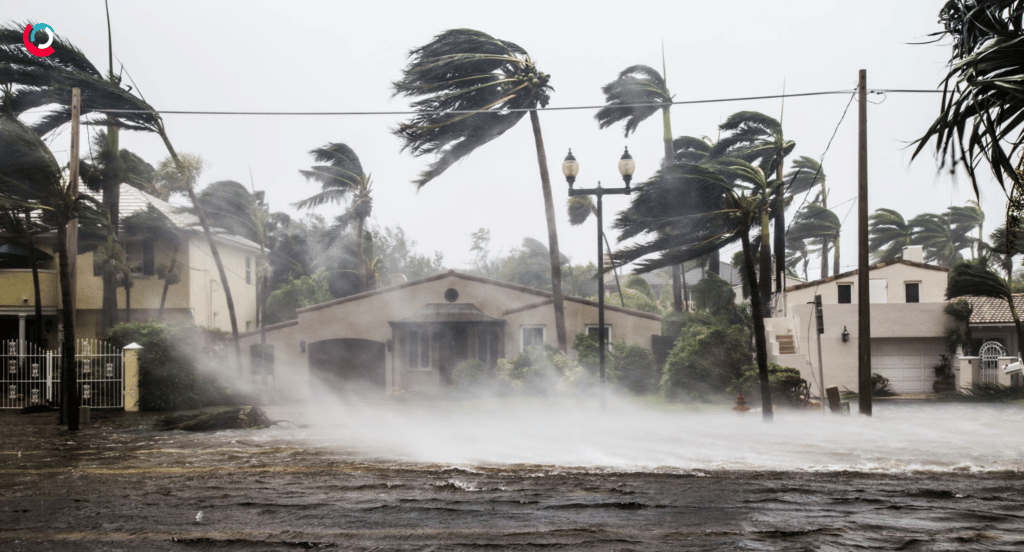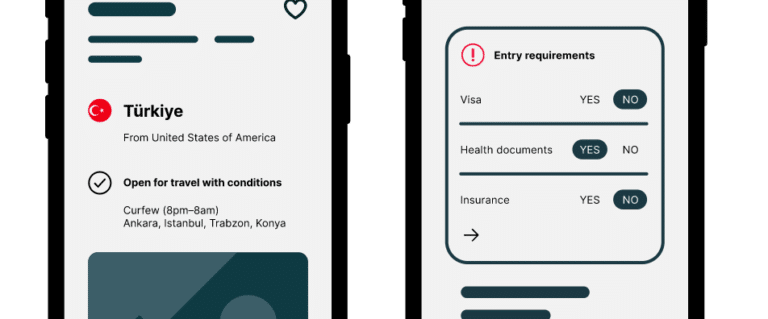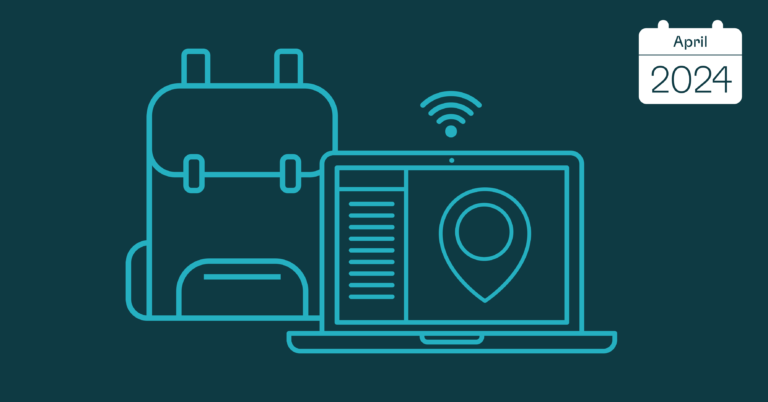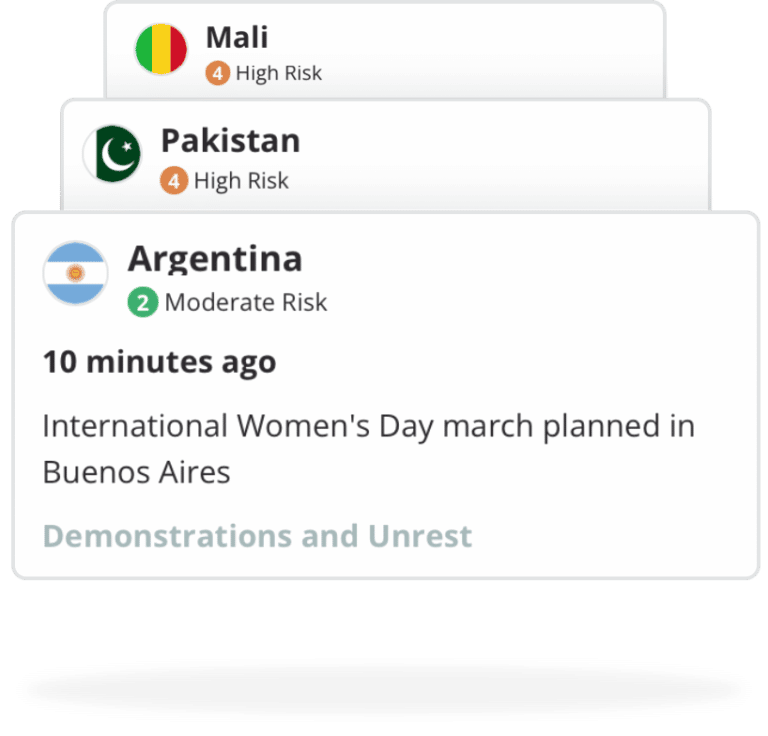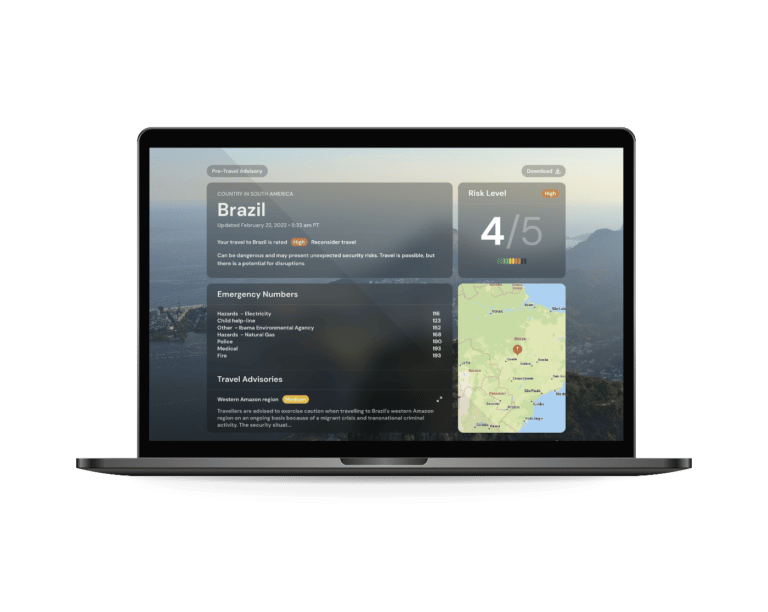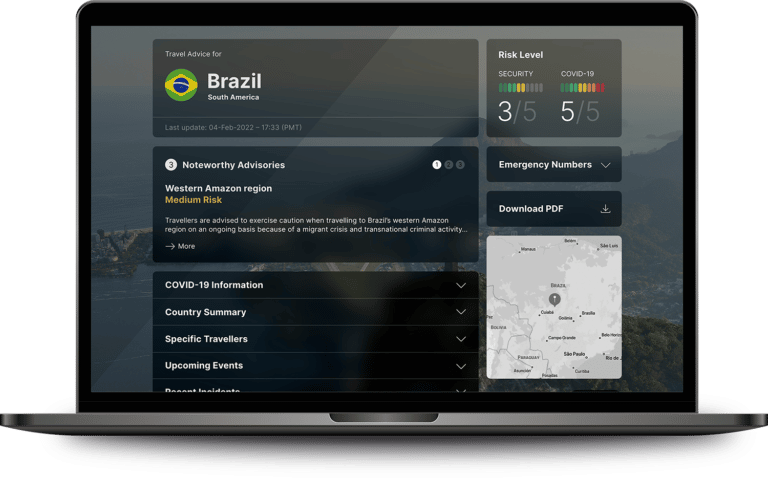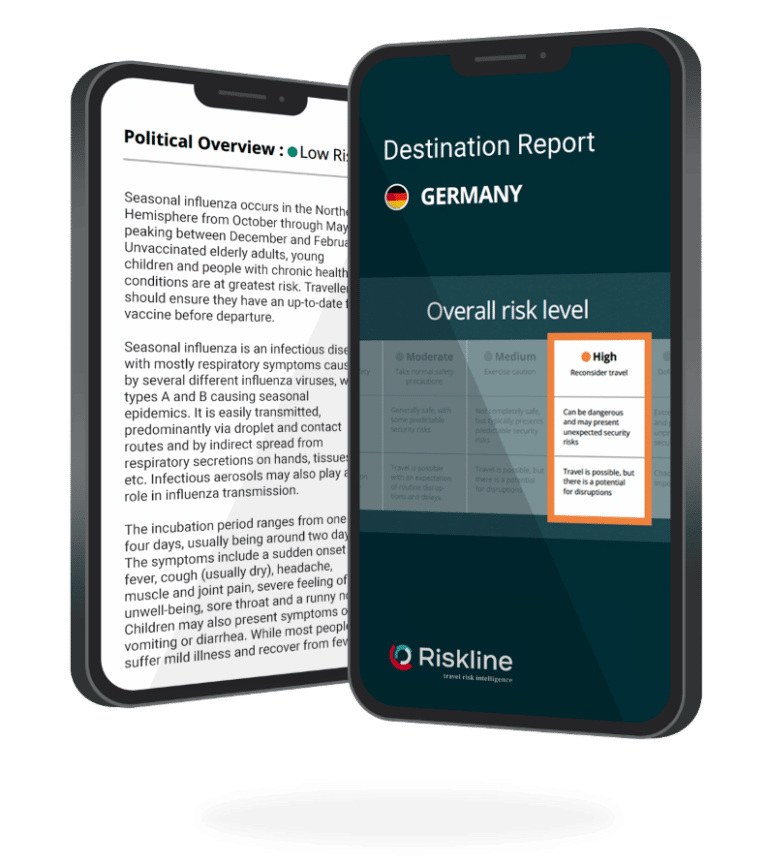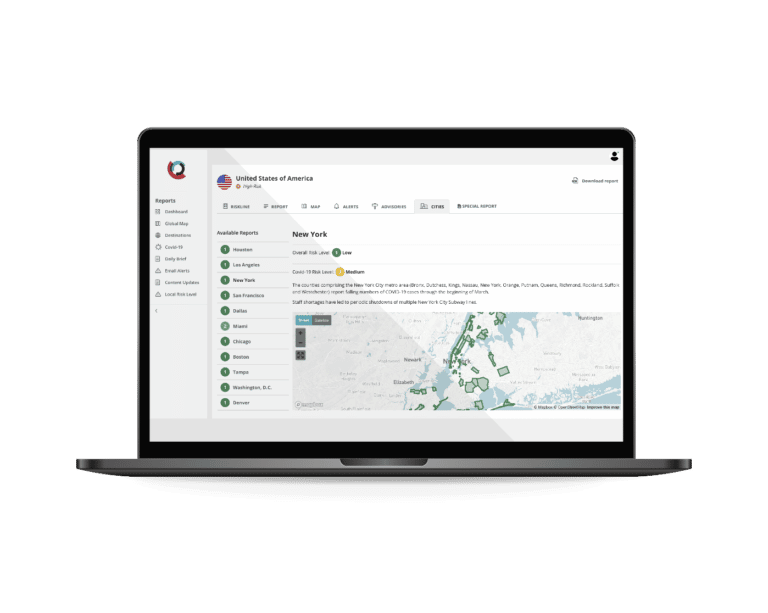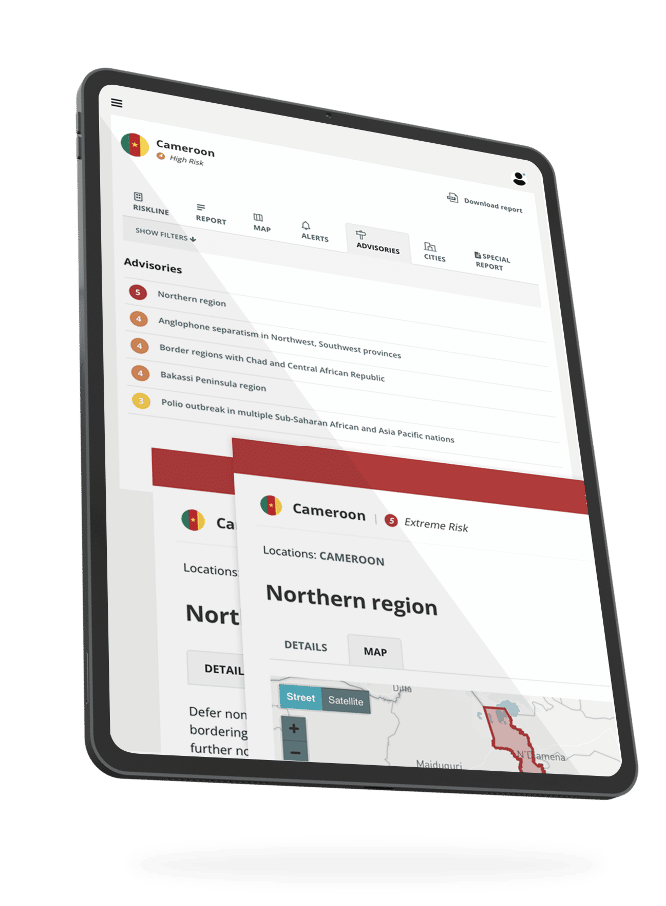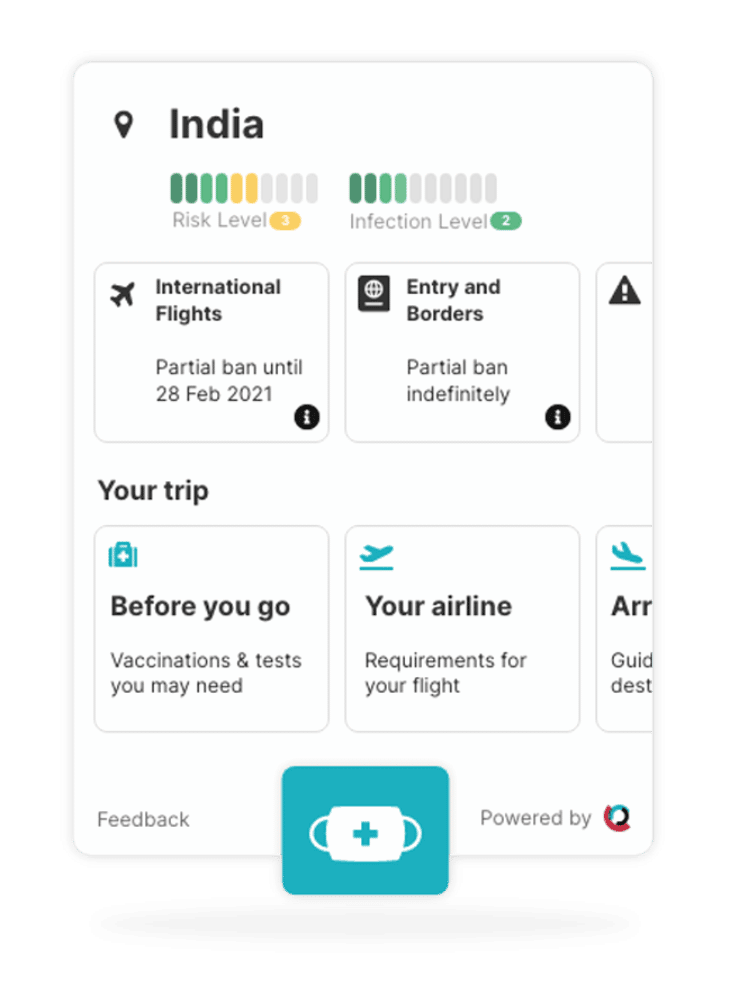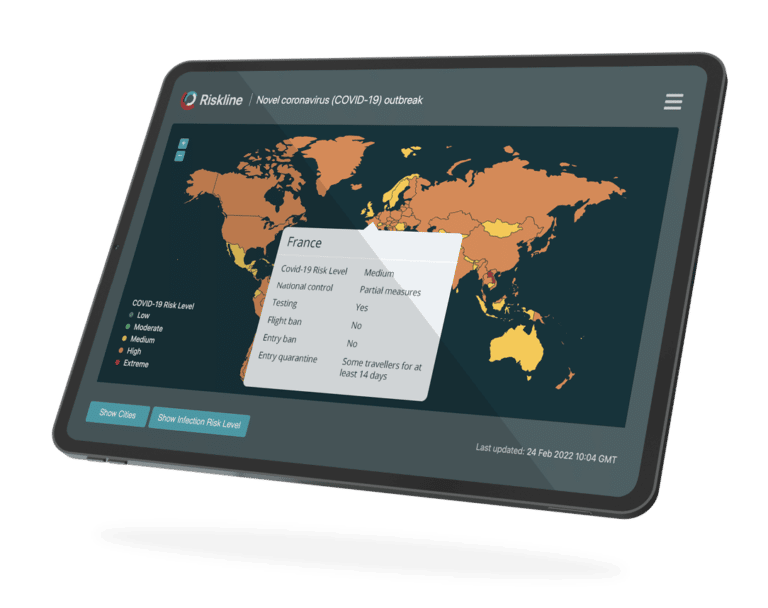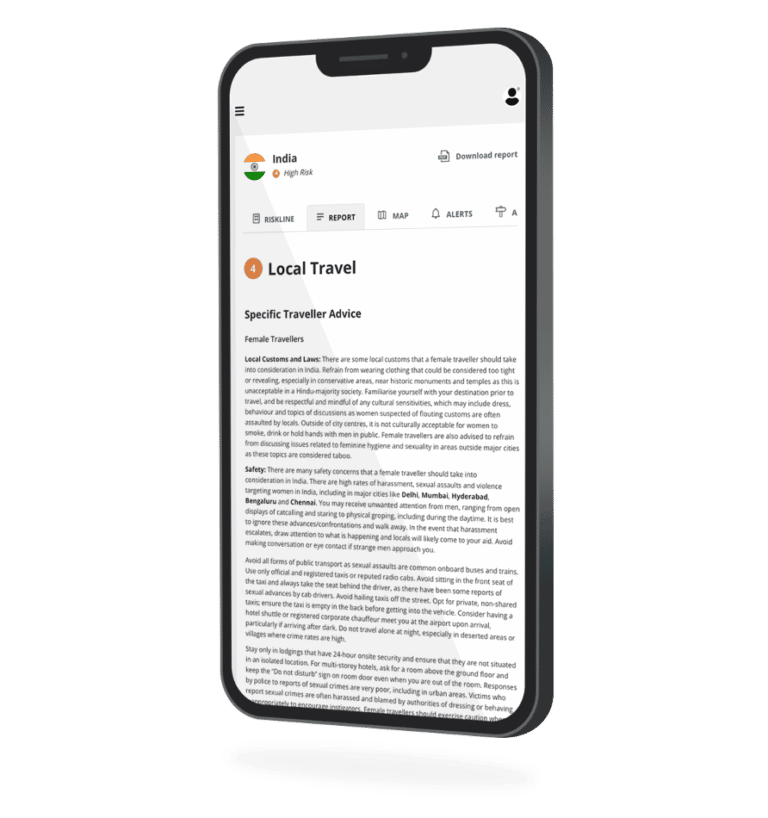Introduction
Two large Category 4 storms struck the eastern Caribbean and the southern United States (US) this past September, five years to the month since two even larger Category 5 storms devastated the region. While many lessons were learned from those disasters and the death toll has been much lower, the severe economic impact is indicative of how much damage these once infrequent, now semi-annual, storms will cause and the need to more proactively prepare for the impact and cover costs.
Hurricane Fiona first brought torrential rainfall to the US territory of Puerto Rico and forced the shutdown of the entire power grid, undergoing reconstruction since 2017 at a cost of approximately US$12.8 billion, to avoid it collapsing under the strain of the storm. Fiona also caused damage and disruptions to other Caribbean islands, including Turks and Caicos, Dominican Republic, Guadeloupe, and Atlantic Canada.
Hurricane Ian then struck Cuba, causing a nationwide blackout that was even larger than the one Fiona caused in Puerto Rico, leading to rare anti-government protests over delays in restoring electricity. The storm then made landfall over southwest Florida with high winds and deadly storm surge and slowly moved across the state, causing record flash flooding, before heading out to sea again and hitting South Carolina before dissipating.
At least 85 people were killed in Florida, primarily in the Fort Myers-Cape Coral metro area, where low-lying residential areas along inland waterways and barrier islands proved particularly vulnerable. The death toll in Florida is expected to rise significantly as emergency workers gain access to inaccessible areas cut off by high water levels. The private insurance costs for storm damage are estimated at approximately $US50 billion, with total economic costs coming to more than twice that over the coming months and years.
Resilience and rebuilding costs rise
Storms as strong as these cause major, costly, transportation disruptions. Flights and public transit must be shut down entirely in the event of extreme weather, and can take weeks to return to normal. Many major US cities remain at major risk of storm damage, such as New York, Miami, Tampa, New Orleans, Houston, Philadelphia, Boston, Virginia Beach and Washington, D.C., in the coming years as flood events once forecast to occur every hundred years or more take place every few years or, as in 2017, essentially back to back.
Climate change exacerbates the intensity and frequency of storms, and even less severe storms outside seasonal patterns gradually wear down available money and resources to meet the damages and displacement caused. Insurance premiums are expected to rise sharply in the wake of Hurricane Ian, a pattern that repeats whenever major storms hit.
The failure of the new national grid in Puerto Rico underlined the slow progress in restoring critical infrastructure to the territory over the past five years. In September 2017, successive Category 5 Hurricanes Irma and Maria struck two weeks apart, destroying the old national grid. The resulting loss of essential services due to power cuts accounted for the majority of deaths linked to the storms, rather than the storms themselves. Food and water shortages, lack of medical care, an increase in waterborne diseases and limited transportation options caused about 3,000 excess deaths over the following 11 months and over 135,000 people moved out of the territory.
While there is less risk of this happening once again with the blackouts caused by Hurricane Fiona due to better emergency management and allocation of resources, this risk is still present. Unique economic issues remain; Puerto Ricans pay higher rates for electricity than customers in the continental US, for example, and the Jones Act restricts international shipping to the territory, delaying relief shipments, especially fuel for generators. But even if these issues are resolved, future hurricanes as strong or stronger than those in 2017 and 2022 can be expected to hit the territory in the coming years.
Adherence to evacuation orders in the event of extreme weather becomes even more important; some communities in southwest Florida delayed or downplayed evacuation warnings, the high death toll showing the danger of neglecting these. Ensuring that the elderly, infirm and poor can leave in time requires a commitment to social welfare and outreach that local governments may not have the political will or budgeting for.
For Florida, the biggest financial hit will come in the insurance market; some 1.3 million homes in the worst-affected areas, out of almost two million, do not have federally-subsidized flood insurance. (Most flood insurance in the US is sold by the Federal Emergency Management Agency’s National Flood Insurance Program.) Overall, approximately half of Florida homeowners in areas designated as at-risk for flooding have some form of flood insurance, whether federal or private; other flood-prone states have much lower coverage figures. The damage caused in inland areas of the state, where flood insurance is rarely purchased, will require an expansion of coverage to cover ar-risk terrain outside coastal areas.
Summary
As in Puerto Rico, unique circumstances, such as Florida’s cash-heavy mortgage market, small insurers’ insolvency and higher premiums at three times that of the national average, will have to be overcome to establish a baseline for future preparedness, and the political will and budgeting is not a given.
Paul Mutter is our US-based Head of Global Coverage.

